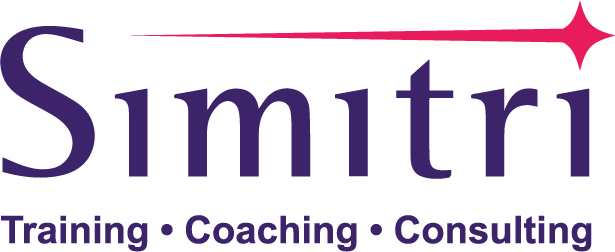AS YOU SIT in a taxi returning to the office, your mind is still racing with thoughts of the just completed sales meeting. The opening was professional, you spent time understanding the client’s situation and background, and real needs were uncovered which your company can address.

